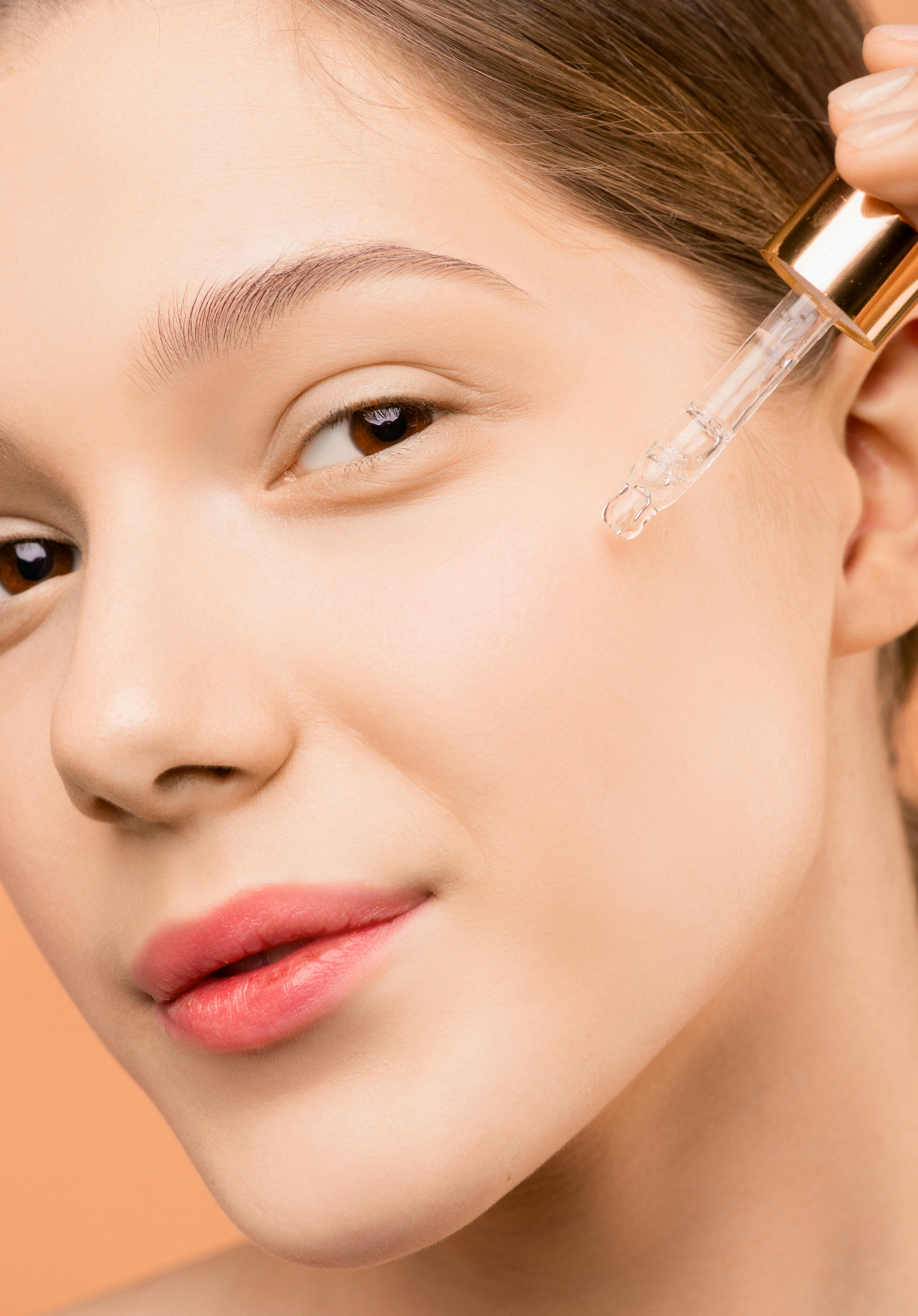Evidence-Based Daily Routines for Healthier Skin
Consistent, evidence-informed routines support the skin’s barrier, manage oil control, and reduce long-term damage from sun exposure. This short guide summarizes practical daily steps—cleansing, hydration, targeted actives, and reliable suncare—to help you build a sensible skincare plan tailored to your needs.

This article is for informational purposes only and should not be considered medical advice. Please consult a qualified healthcare professional for personalized guidance and treatment.
cleanser: how to choose and use it
A good cleanser removes dirt, sweat, sunscreen, and excess sebum without stripping essential lipids. Choose a pH-balanced formula appropriate for your skin type—gel or foaming cleansers can help oily or combination skin, while creamy or micellar formulas are gentler on dry or sensitive skin. If you regularly wear makeup or SPF, consider a double-cleanse routine: an oil-based cleanser first to dissolve products, followed by a mild second cleanser. Use lukewarm water, gentle hands, and pat the skin dry rather than rubbing to preserve the barrier.
hydration and moisturizer: what to look for
Hydration means water content in skin cells; moisturizers help retain that moisture by supplying humectants, emollients, and occlusives. Look for humectants like hyaluronic acid or glycerin, barrier lipids such as ceramides, and occlusives like dimethicone to reduce transepidermal water loss. Apply moisturizer to slightly damp skin to lock in hydration. For oil control, select non-comedogenic, lightweight gels or lotions; those with ceramides can benefit dry skin. Regular moisturizing supports barrier recovery and can reduce irritation from active ingredients.
exfoliation: balancing renewal and barrier health
Exfoliation smooths texture and clears pores but should be tempered to avoid barrier damage. Chemical exfoliants—AHAs (glycolic, lactic) and BHAs (salicylic)—offer controlled cell turnover and often suit sensitive or acne-prone skin better than abrasive scrubs. Frequency generally ranges from once to three times weekly depending on concentration and tolerance. Over-exfoliation can increase redness, compromise hydration, and paradoxically worsen oil production, so monitor skin response and scale back if redness or sensitivity appears.
serums and actives: antioxidants, niacinamide, peptides
Serums deliver concentrated ingredients to target specific concerns. Antioxidants like vitamin C can reduce oxidative stress and support even tone, while niacinamide helps strengthen the barrier, reduce redness, and modulate sebum production. Peptides are signaling molecules that may support collagen function and skin firmness. Layer serums from thinnest to thickest and allow time for absorption before applying moisturizer. Introduce one active at a time to assess tolerance and avoid concurrent use of conflicting strong actives without guidance.
retinol: safe introduction and practical tips
Retinol and related retinoids promote cell turnover and can improve texture and the appearance of fine lines. Start with a low concentration, applying once or twice weekly, and increase frequency gradually as tolerated. Expect potential initial dryness, flaking, or irritation; pairing retinol nights with hydrating, barrier-supportive moisturizers can mitigate these effects. Avoid combining retinoids with strong exfoliants on the same night, and always use daily sunscreen, since retinoids can increase photosensitivity. Seek professional advice for prescription-strength formulations or if you have conditions like rosacea.
sunscreen and suncare: daily SPF practice
Daily sun protection is central to preserving skin health. Use a broad-spectrum sunscreen with SPF 30 or higher as part of your morning routine and reapply every two hours during prolonged sun exposure. Mineral sunscreens (zinc oxide, titanium dioxide) are often well-tolerated by sensitive skin, while chemical filters suit other preferences; choose a formulation you will consistently use. Complement topical SPF with physical measures—hats, shade, and timing outdoor activities—to reduce cumulative UV exposure.
Conclusion A consistent, evidence-based daily routine combines an appropriate cleanser, targeted hydration with a suitable moisturizer, measured exfoliation for texture and oil control, focused serums (antioxidants, niacinamide, peptides), careful introduction of retinol, and dependable suncare with SPF. Tailor choices to your skin type and responses, introduce new actives gradually, and consult a clinician for persistent or complex issues to ensure safe, effective long-term results.





